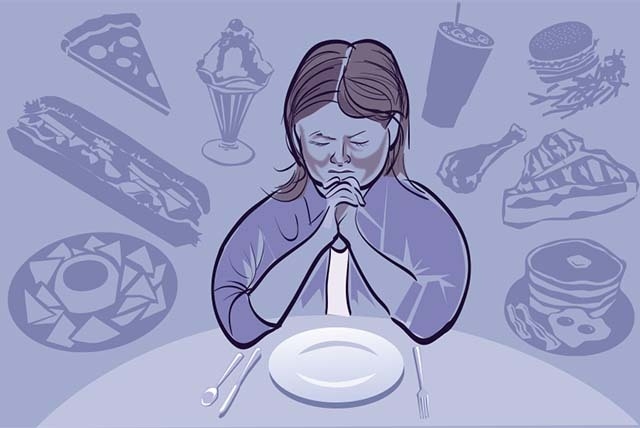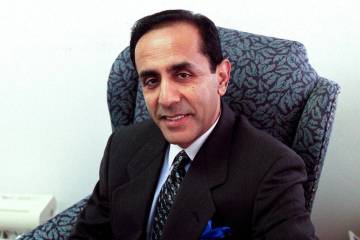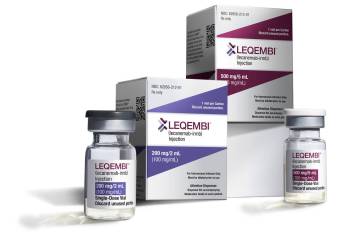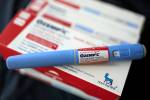Overeaters groups help members learn to eat less, feel better
The table is set on a Saturday morning — but not for a meal.
Instead, there are “Twelve Steps and Twelve Traditions” books. Those who have filed in come in every body size. They take turns reading about step nine and the process of making amends to people they’ve hurt. Then they share experiences.
It’s an Overeaters Anonymous meeting, and these people have gathered to help each other climb out of the isolation and despair that accompanies eating disorders of all kinds.
Sixty-five-year-old Paula, who declined to use her real name in the Anonymous group tradition, had been tormenting herself with yo-yo dieting and bingeing since she was 9. By the time she joined OA in 1977, she’d been on the roller coaster for 20 years.
“It works for me,” she says. “But it took a long time. I was seven years in the program before I became what we call abstinent. For alcoholics, they call it sober.”
In days gone by, some members struggled with the infamously strict “gray sheet,” “blue sheet” and “orange sheet” diets that circulated throughout the organization.
Paula remembers nights of bingeing that she’d often follow up with a morning phone call to her sponsor, crying and promising to go back on “gray sheet” again. “And she’d say to me: ‘Why are you going back on gray sheet? If it really worked, you wouldn’t have to keep doing it over and over again. You’d just be thin. When are you going to trust God?’ ”
The moment of reckoning came one evening in 1984, after her mother’s death. From the bedroom, Paula could hear the call of food in the kitchen. She found herself ripping open a bag of something, while telling God that she didn’t want to do it.
“I went down on my knees in front of the kitchen counter,” she recalls. “It felt like my higher power saying: ‘Go ahead and eat it. You probably will anyway. But I just want you to know that I love you whether you’re fat or thin.’ ”
She put the bag away. During the next month, sugar stopped calling. What worked for her, finally, she says, was letting go of food plans and focusing on the 12 steps.
In the half-century-plus of its history, OA has offered a way of life patterned after the 12-step Alcoholics Anonymous program, at no charge. But not everyone agrees on whether the OA combination of support, spirituality and food plans is a winning strategy.
Sixty-year-old Rose, a registered nurse, attended meetings for six years, three decades back. She didn’t like what she experienced as a “guilt trip” mentality, let alone food plans that were, in her opinion, medically unsound. For the past five years, she’s been following Weight Watchers.
The program hasn’t changed much over time, says Naomi Lippel, managing director at OA’s World Service office in Rio Rancho, N.M., though the organization now encompasses about 6,700 registered meetings worldwide, in more than 80 countries.
But the diet plans are more flexible. Those pursuing abstinence can seek a plan in the organization’s “Dignity of Choice” pamphlet, go to their dietitian or doctor, or get a suggestion from a sponsor. They can even combine a Weight Watchers food plan with OA support, Lippel says.
“At Overeaters Anonymous, you’re looking at transforming your entire life,” she adds. “How you respond to stress. How you socialize and with whom. A lot of people find that they have a hole in their lives, and they’ve been trying to fill it with food. There’s a lot that Overeaters Anonymous offers that other diet programs don’t.”
When it comes to that unfilled hole, “we have a tendency in this culture of ours to associate food with emotion,” agrees Dr. David J. Park, a professor at Touro University Nevada College of Osteopathic Medicine, and chairman of its primary care department.
“Las Vegas is a particularly dangerous town for that because of all the buffets,” he adds, pointing out that those seeking to get their money’s worth usually end up spending far more on trying to make the pounds melt away.
Although he doesn’t have patients involved in OA now, Park has, himself, visited AA meetings to explore what’s available for patients. He’s also made visits to AA and Narcotics Anonymous meetings a requirement for his family medicine residents.
“I think it’s a wonderful opportunity for people to go and share their struggle with weight, dieting and everything else,” Park says. “We know that Alcoholics Anonymous is very effective and Narcotics Anonymous is effective. I don’t have any statistics on the success rates of Overeaters Anonymous, but I would assume that a program like that would also be effective because it’s basically a support group and that’s what people really need when they are doing a lifestyle change.
Phillip Dexter Whittington, chairman of OA’s Las Vegas Intergroup, knows the feeling of going the distance without support. Although he’d had success with AA, he had a false start with OA. He lost 60 pounds in three months, quit going to meetings, then packed it all back on when he lost his job.
Those that achieve recovery, he says, are “the ones that are doing the deal.” Some members flash “before” pictures of themselves, as a reminder of that fact. Among them is Whittington’s sponsor and vice chairwoman, who said she lost 128 pounds in 22 years of abstinence.
But Dr. Christopher Ochner, assistant professor of pediatrics and adolescent medicine, as well as psychiatry, at Mount Sinai Hospital’s Icahn School of Medicine in New York, says OA is no magic bullet.
“It’s about as good as other relatively successful commercial diet programs,” he says. “That’s to say, not very, at least in the long term. We can get almost anybody to lose what we call a medically significant amount of weigh-in. That’s between 5 to 10 percent of initial body weight. We can only get about 2 percent of those individuals to keep it off. Narcotics Anonymous and Gamblers Anonymous, these are so wildly successful. So why isn’t this on par? Here’s the issue: You can’t quit food.”
Rather than putting people in what he calls “dietary jail,” he advocates long, slow change — not forever cutting out favorite foods.
“If we cut 20 or 30 calories out of our diet per day — that’s like three potato chips — we wouldn’t have an obesity problem,” he says. “It’s that little.”
Dr. Adrienne Youdim, medical director at Cedars-Sinai Medical Center’s Weight Loss Center in Los Angeles, agrees that approaching food as an addictive substance may be “limiting.” But, as a behavioral modification program, OA is, she says, “one way that is easily accessible to people because of cost considerations and availability.”
“You have to work well under that kind of model,” she says.
For Whittington, who’s avoided weight-loss surgery and gotten off medications, taking that path has led him, in his retired years, to run a sober-living house.
“In order for me to not go back to my old ways of self-centeredness, I have to be of service,” he says. “So, what a perfect way to be of service.”
For information about Overeaters Anonymous, call 702-593-2945 or visit www.oa.org.




























